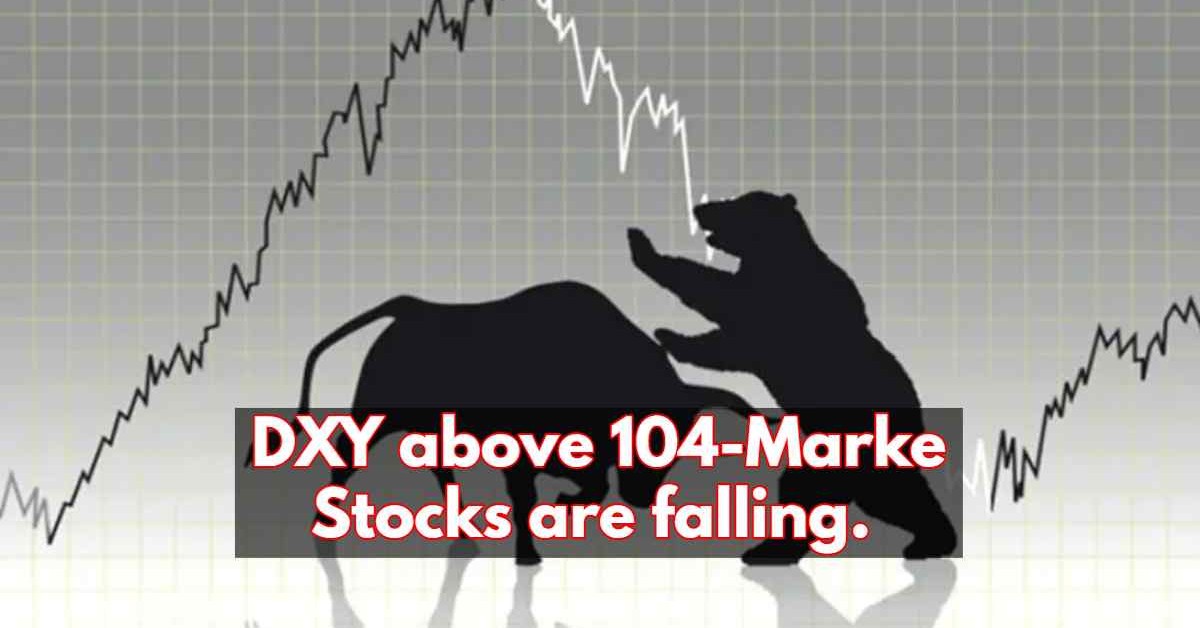Mixed economic data increase tensions.
On Thursday, the number of Americans applying for unemployment insurance (Initial Jobless Claims) grew by less than expected during the week that ended on December 17. According to data from the Labor Department, last week 216,000 Americans claimed to receive unemployment support, more than 214K seen in the week before that, but less than 222K expected.
On Wednesday, according to Conference Board (CB) data, the consumer confidence index in December at 108.3 printed a new high since April 2022, higher than market expectations of 101, and a month ago, that even it was revised to 101.4 from the initial 100.2. In addition, the US current account in the third quarter at -$217.1 billion, with the smallest deficit since 2021 second quarter, increased the market sentiment. On the other hand, they are missing existing home sales with 4.09 million sales, drawing a mixed condition and outlook. While inflation is still high and economic data confirm that the condition could be better, housing numbers reflect the effect of higher rates, as higher costs have weakened the ability of Americans to afford homes.
With these mixed data, investors also need clarification. However, data are mostly in favor of continued contractionary policies. The market reacted by increasing the USVIX to 24 from almost 22 before the data release. With increasing the risk, US safe-haven demand raised to see the DXY 104.50 mark, while stock markets reduced. Dow Jones Industrial Average lost 1.4%, S&P500 decreased by 1.8%, and Nasdaq Composite by almost 2.7%.
From the technical point of view, SP500 moves in a weak downtrend with a critical pivot at 4,140. As long as this asset moves below its key pivot, bears have more power in the chart but are not that strong. On the flip side, bulls above mentioned level can lead the market, but the real uptrend can start above 4,400.


















